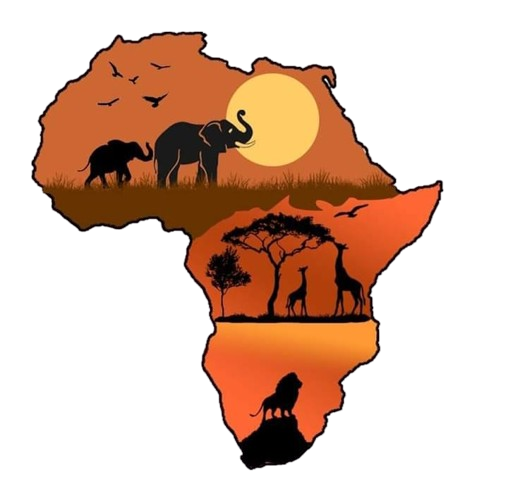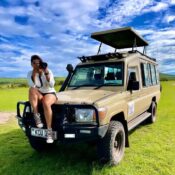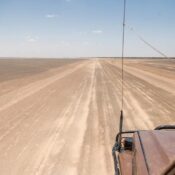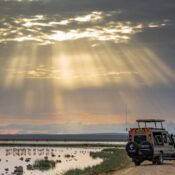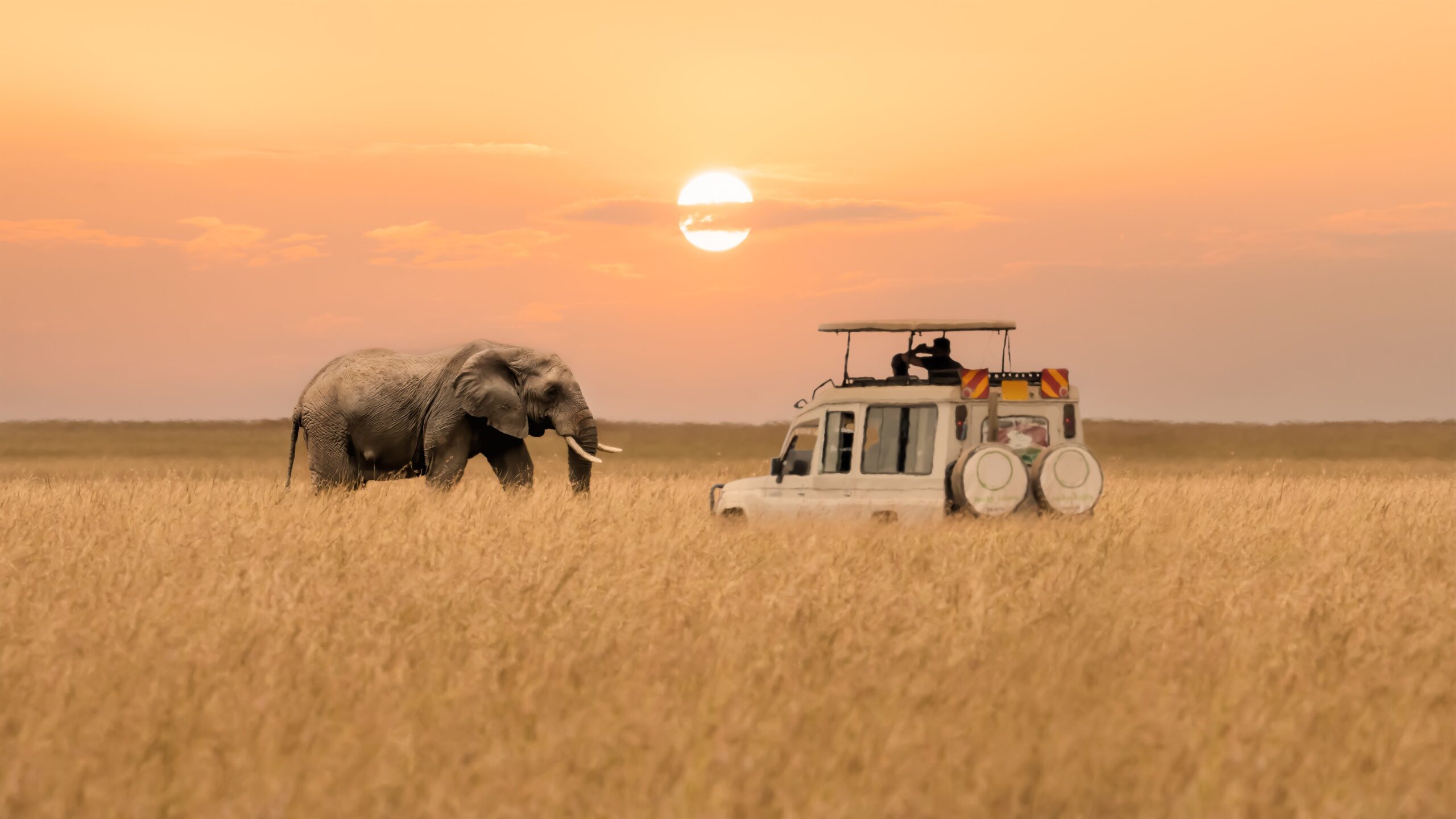
Best Time to Visit Kenya for Safari Experience
The environment in Kenya is great for year-round bush safaris, but knowing the natural cycle of wet and dry seasons will help you organize the best safari for your unique needs. As the best tours and travel company, we provide these guidelines as a starting point, but you can get in touch to receive more specific advice depending on your destination and wildlife interests.
Kenya experiences seasonal variations in both temperature and precipitation. Your midday game drives and other outdoor activities will be comfortable because of the moderate to tropical temperatures. You might only need a warm fleece in the evenings and early mornings to stay comfortable in the Great Rift Valley highlands.
It’s hot and dry in January and February. This is an excellent time to go on safari since animals congregate around watering holes and riverbanks. Additionally, there are a lot of migratory birds around at this time. It’s normally not a good idea to go on safari in March because it’s the beginning of the lengthy rainy season. If the rains are delayed, however, this can be an excellent time of year with fewer tourists and cheaper pricing.
Being in Kenya in April and May during the height of the rainy season is not recommended. A flash flood can cause many safari sites to close and wash away roads. Kenya is a wonderful place to visit in June. Although it is still early in the hot season, everything is lush and green. The wildebeest will soon begin to mass on the Kenya-Tanzania border, making for some exciting river crossing spectacles. The temperatures are pleasantly warm.
In Kenya, the longest dry season of the year lasts from July to October, which is also the beginning of the colder season. The absence or little precipitation means the final remaining temporary water sources evaporate, thus anticipating elevated numbers and a greater variety of wildlife during this season. The animals have fewer places to drink as a result, so they end up gathering at permanent water sources.
Herbivores migrate to the wide plains in search of fresh vegetation during the dry season since a shortage of rain makes vegetation scarce. The presence of these prey animals (the herbivores) draws predators, which rely on them as food sources. The long dry season draws the most tourists because it’s thought to be the ideal time to see animals. But it’s also the most expensive time of year to travel.
A relatively short rainy season that begins in November and December follows this dry season. The amount of plants in the wilderness is significantly increased by the rains. Because there are more pastures available, the animals become more spread, and it may require more tracking time to see them.
Additionally, when there is more water available, animals are less likely to gather around the last surviving water sources. They instead stick to water holes that are close to their pasture and place of residence. During the brief rainy season, fewer people visit, with the exception of Christmas and New Year’s. Prices drop around this time but then increase again from the last week of December to the start of the new year.
